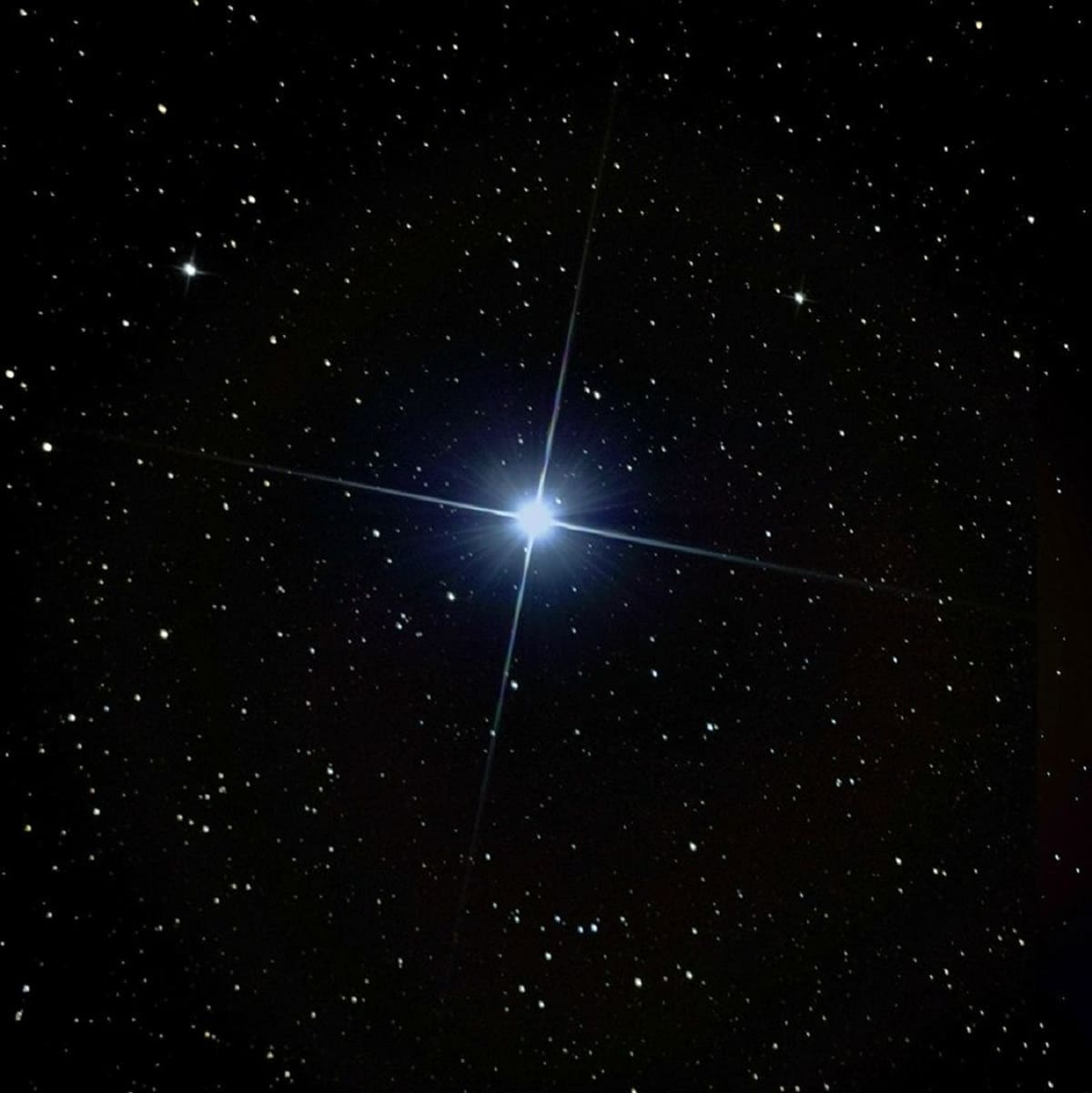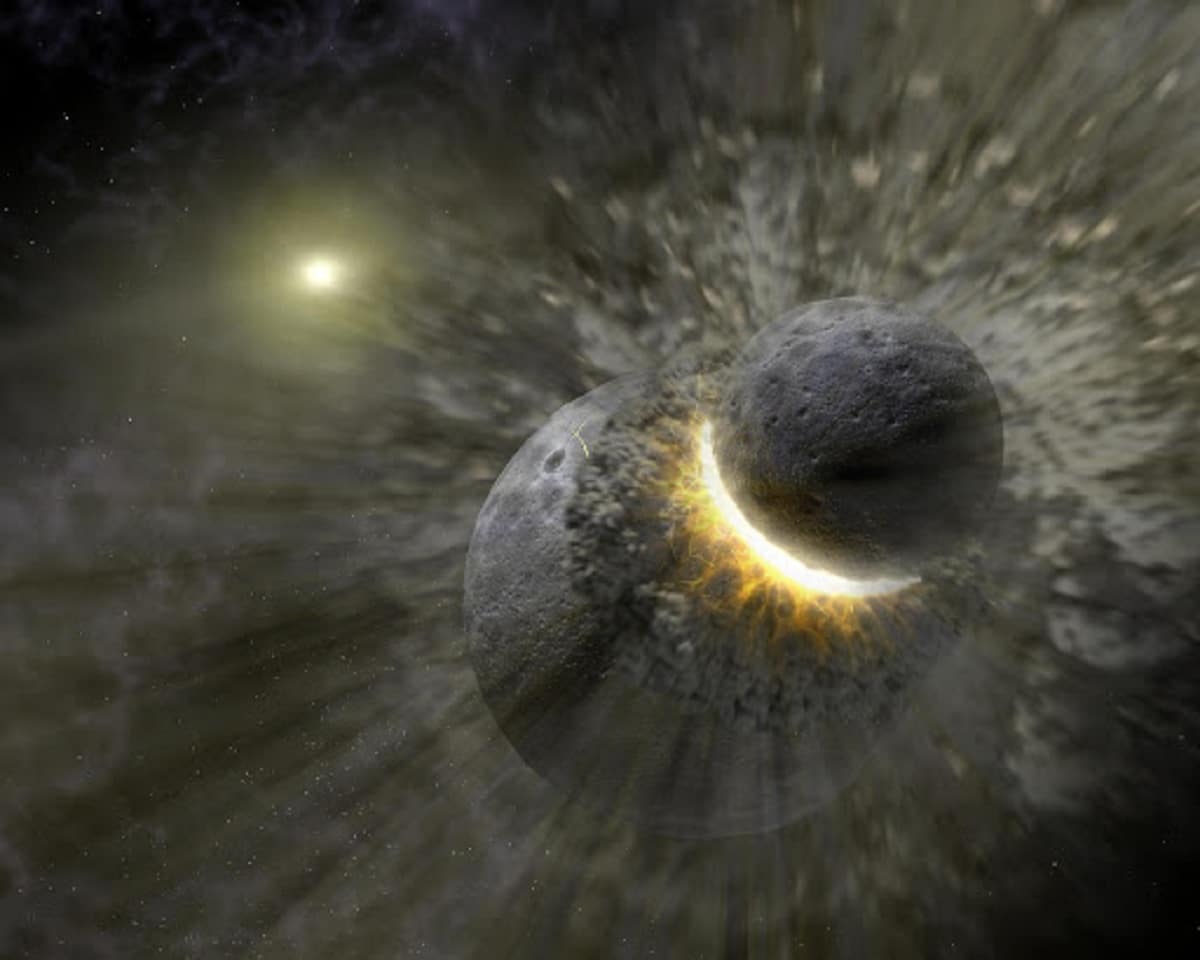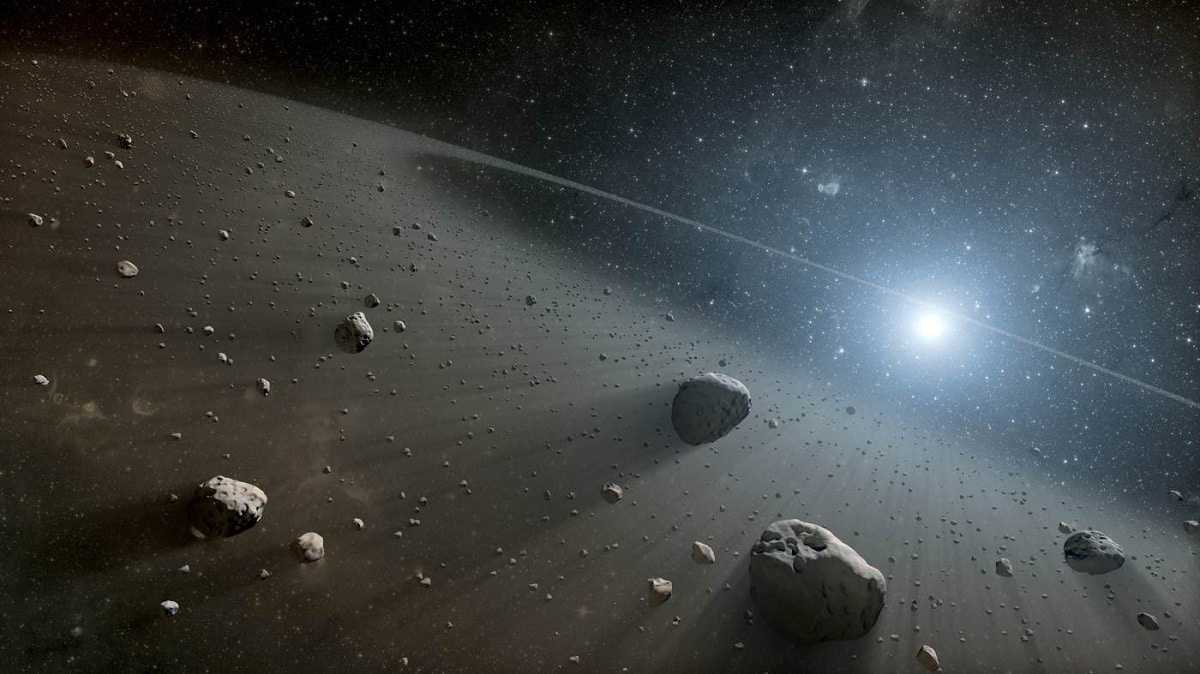
We know that the universe is made up of billions of stars that are grouped by constellations. One of the best known stars is the star Vega. It is a star that is located in the constellation of Lyre and is the fifth brightest star in the entire night sky. If we are in the northern part of the celestial hemisphere, which is the second brightest behind Arthur. It is only located at a distance of 25 light years from our planet and is one of the brightest stars near the solar system.
In this article we are going to tell you everything you need to know about the Vega star and its characteristics.
Key features

Vega is a star that is considered zero in color and visual size. After subtracting the values for the blue and green filters, the BV color index is zero. From the ground, zero is also its apparent magnitude. Due to its high rotation speed, in addition to the significant difference in surface temperature, it also suffers abnormal flattening, registering surface temperature at both the equator and the poles. One of the star's poles points toward Earth.
Another feature of the star Vega is the dusty disk that surrounds the star. Billions of years ago, the sun could have been surrounded in this way. The current Vega disk may be the origin of future planetary systems similar to ours. It is even possible that today you have more than one planet of the Jovian or Neptunian type. The dust disk around Vega includes debris from past collisions between asteroids. They can also be small protoplanetary objects that break apart and form structures similar to our Kuiper belt.
Vega is the brightest star in the constellation Lyra in the northern summer. On summer nights in the northern hemisphere, it can often be seen near the zenith at mid-north latitude. From latitude to the south, it can be seen on the northern horizon during winter in the southern hemisphere. The latitude is + 38,78 °. The star Vega can only be seen at latitudes north of 51 ° S, so Vega cannot be seen in Antarctica or the southernmost part of South America. At a latitude of + 51 ° N, Vega continues above the horizon as a circumpolar star.
Vega star mythology
In ancient Greek mythology, this star is the harp of the muse invented by Hermes and given to Apollo to compensate him for the theft. Apollo gave it to Orpheus and, when he died, Zeus turned the lyre into a constellation. Vega represents the handle of the harp.
In Chinese mythology, there is a love story about Qi Xi, in which Niu Lang (Altair) and his two sons (β and γ Aquila) are separated from their mother, Zhinu (Vega), who lives by the river in the other extreme. , the milky way. However, every year on the seventeenth day of the Chinese lunar calendar, there will be a bridge, so Niu Lang and Zhi Nu can get back together in no time.
The name Wega (later Vega) comes from the transliteration of the Arabic word wāqi, which means "to fall" or "to land."
The star Vega and the exoplanets

Although this may change soon. A group of researchers relied on years of observation to analyze the star's environment. If these findings are correct, the exoplanets that Vega may have in its orbit will be extreme. It is so close to the star that it takes less than two and a half Earth days to complete a full circle. For example, Mercury, the planet closest to the sun, takes 88 days to complete one orbit. Your temperature will be the other extreme factor.
Its average surface temperature is about 2976 degrees. This will be the second hottest exoplanet ever observed. The research can also help determine if the star Vega may have other exoplanets nearby. After all, as the researchers said, we are dealing with a system much larger than the solar system. Therefore, they cannot rule out that there are other planets around the star. In this case, the only question is whether they have the ability to detect them.
Exoplanets

Currently, more than 4000 exoplanets have been discovered. However, of all the worlds outside the solar system, only a few are truly attractive. Only a few are found around stars that are as bright or close to Earth as Vega. Therefore, if there is a planet around the star, it can be studied in great detail. The discovery of an exoplanet around Vega will be very positive news, regardless of whether it is a world that cannot even remotely be inhabited.
The researchers found signs that may indicate the existence of exoplanets. The star Vega may have a hot Jupiter. In other words, a huge planet, similar to Jupiter, is orbiting very close to its star. However, being closer to the star than Jupiter is to the sun, it would be a much hotter planet. It can also be a hot Neptune. The method is the same, but using a planet with a mass similar to Neptune, Jupiter. At least, according to the researchers, if this exoplanet exists, it will have the same mass as Neptune.
In theories there is another extreme that is said to be a rocky planet. That is, we know that the planet Jupiter is gaseous. In any case, although the planet of her star was course, far outside the habitable zone, so we are not facing an interesting exoplanet for the search for extraterrestrial life. Being so close to the star Vega, This exoplanet is studying how to inflate it as if it were a balloon. Such would be its temperature that even iron could melt in its atmosphere.
I hope that with this information you can learn more about the star Vega, its characteristics and its surroundings.